
- Products
- Why Nudura
- Nudura Project Applications
- Training Academy
- Resources
- Company
Building houses with Insulated Concrete Forms is becoming increasingly popular, as demand for eco-friendly materials rises. Contractors are also realizing the many benefits of ICFs, which are faster to install and take up less space on the jobsite than wood, driving down the cost of labor and other expenses.
But did you know that ICFs can also be used for much more than home foundations? The highly versatile material can be custom cut to the shape or radius you specify, making it ideal for a variety of residential, commercial, and industrial projects. Here are just a few of the many innovative examples:
Swimming Pools
More homeowners are choosing Nudura ICFs for outdoor living projects. Swimming pools are often built in conjunction with custom homes, so it is a natural fit to use ICFs for both.
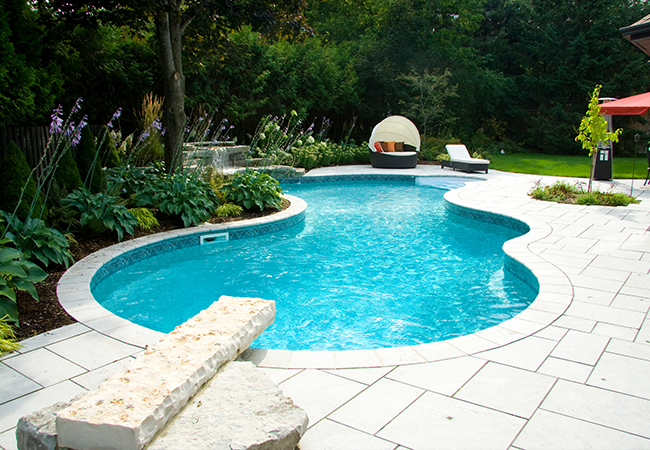 |
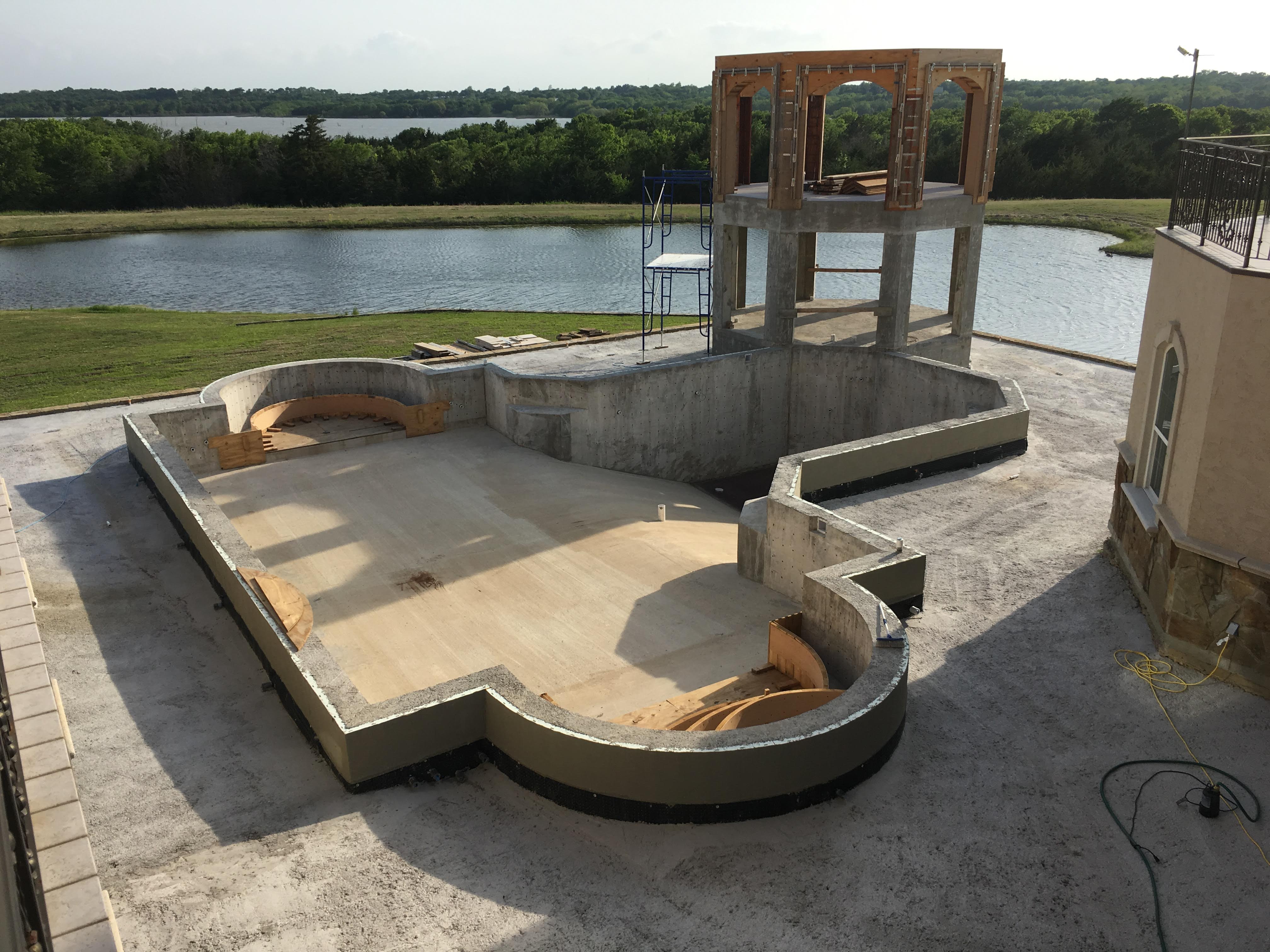 |
An article posted by ICF Builder Magazine suggested that swimming pools can lose up to 80% of their temperature through the sides and bottom, so building with ICFs will greatly reduce this heat loss due to their continuous insulation. Homeowners can reduce energy costs if they build with ICFs, which provide superior insulation and strength. ICF pools can also be custom made to accommodate any design, making them a great option for pool construction.
Schools
Building a public school today means choosing products and materials that reduce any negative environmental impact and improve energy efficiency to save taxpayer money. ICFs offer many advantages, as the sustainable material creates a high-performance building envelope with maximum insulation.
A great example of an ICF school is the Richardsville Elementary School in Bowling Green, Kentucky. As the first net-zero school in the United States built with ICFs for the interior and exterior walls, it’s designed to use 75% less heat than the ASHRAE 90.1 design standard for elementary schools. Plus, the Nudura forms allowed the building to be constructed quickly during winter and provide sound resistance in the gym, cafeteria, music media center, and between classrooms.
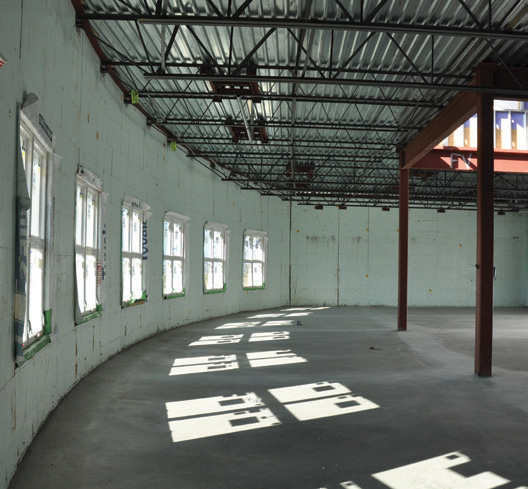 |
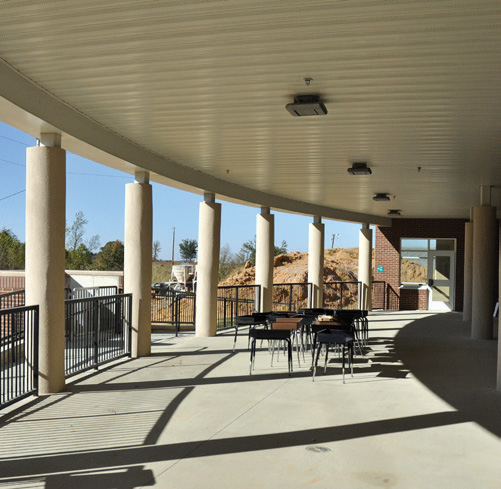 |
Safe Rooms
Many homeowners worry about the ability to cope with extreme weather events like severe storms, hurricanes, tornados, and flooding, so some are taking steps to protect themselves with a safe room on their property. While personal safety is the top priority, a safe room is also a great storage area for valuables.
Walls built using ICF can help meet FEMA standards and have proven to withstand winds up to 250mph (402 kph) and protect against flying debris. Safe rooms can be created by building any room with ICF walls, pouring a “concrete lid” on top, and installing a steel door. In areas subject to extreme-wind events, a community safe room can even be constructed in a school, hospital, or commercial building.
 |
Resorts
Many resort hotels are located near water, whether it’s a beachfront property or lakeside retreat. This means construction of the buildings needs to factor in the damp climate, while being mindful of the delicate environment.
For example, the SookePoint Cottage Resort in Victoria, British Columbia is located on an ancient volcanic peninsula. 84% of the property is surrounded by the Salish Sea, so building with wood would come with a risk of it getting soaked during construction.
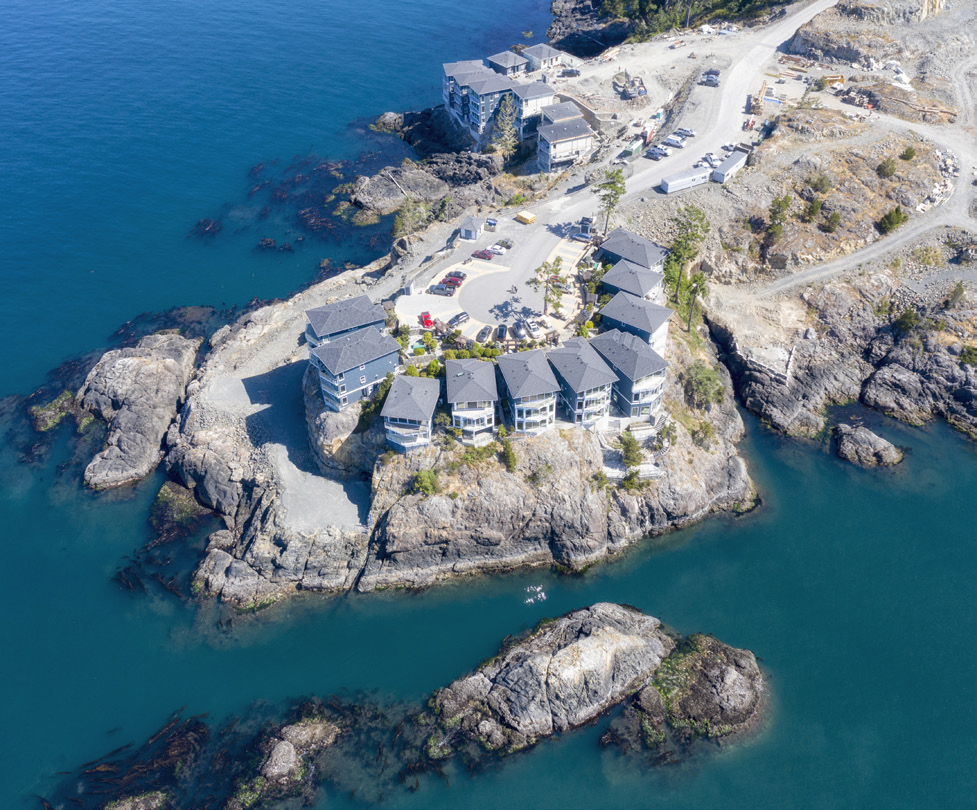 |
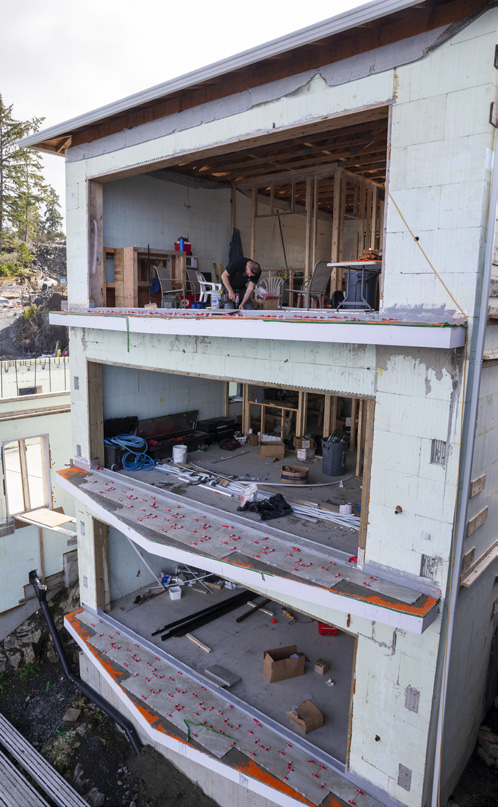 |
To eliminate this risk, the developer used concrete forms, which also helped with proper alignment and speed. ICFs went up three floors to the roof in each building of the resort, with full-span steel, concrete floors, and concrete cantilevered decks. Total ICF construction time was just 60 days.
Curious about what else you can do with ICFs? Check out our residential projects and commercial projects galleries.
CONTACT US
We’re committed to supporting homeowners and design professionals who are interested in or use our products. We’re always happy to help and provide more information.




